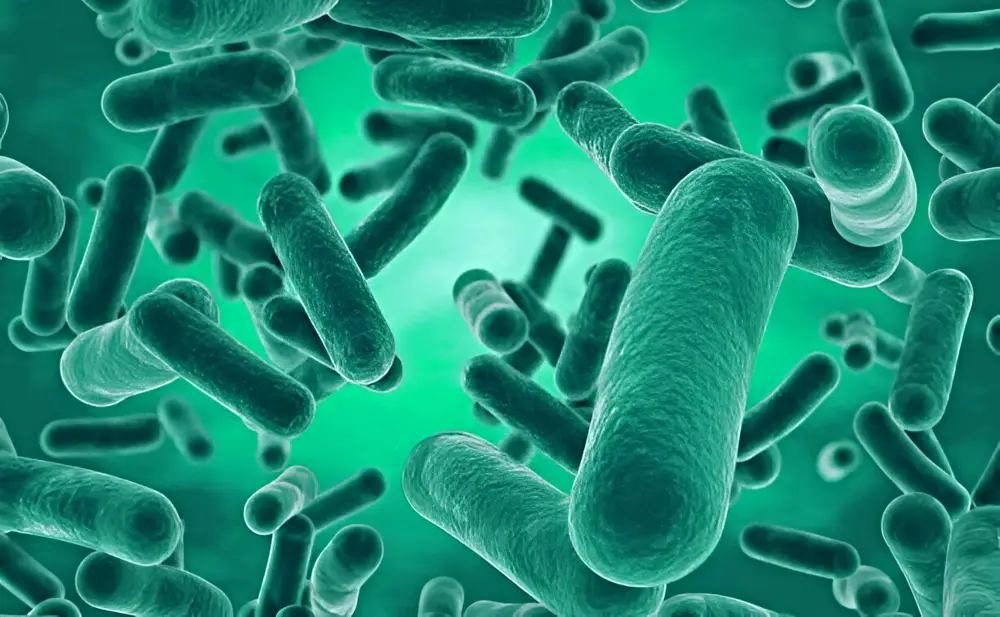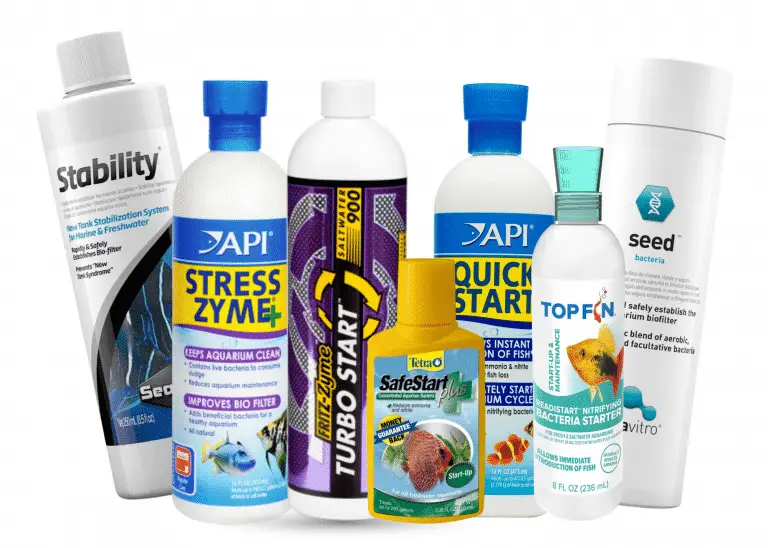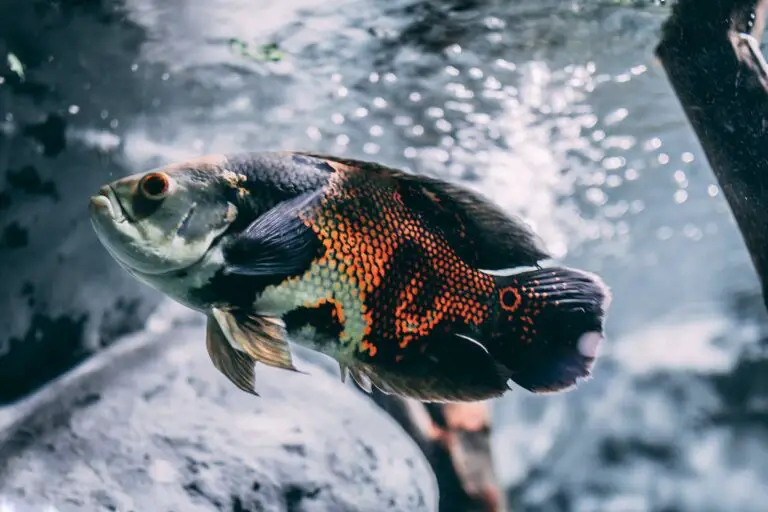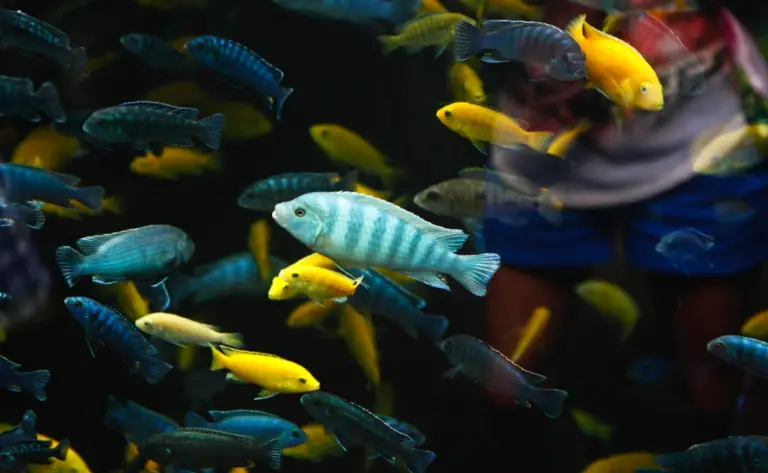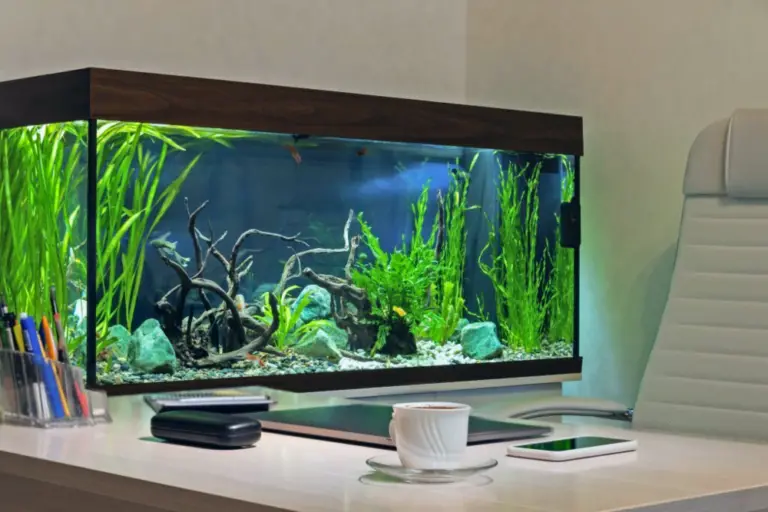What Are Beneficial Bacteria in Aquariums?
Did you know that one of the most common problems faced by aquarists is the sudden appearance of algae blooms or unexplained fish health issues? These frustrating situations often come from imbalances in the aquarium’s ecosystem. The solution? Beneficial bacteria. But what are beneficial bacteria in aquariums? Let’s learn all there is to know about these tiny organisms and their role in your aquarium.
What Are Beneficial Bacteria in Aquariums?
Beneficial bacteria are tiny, helpful microorganisms that are vital in maintaining a healthy, thriving environment for your fish. These bacteria live on surfaces within the tank, such as the filter media, substrate (gravel or sand), and decorations.
The most important types of beneficial bacteria in an aquarium are nitrifying bacteria. They’re responsible for breaking down harmful substances produced by fish waste, uneaten food, and decaying plant matter.
Why Are Beneficial Bacteria Important in Aquariums?
So, why do you need these tiny guys in your aquarium? Well, small things come in big packages. Here’s why they’re important:
- Ammonia breakdown: Fish produce waste, which releases ammonia into the water. Ammonia is highly toxic to fish, even in small amounts. Beneficial bacteria — specifically Nitrosomonas — convert ammonia into nitrite, which is slightly less harmful but still dangerous for fish.
- Nitrite breakdown: Another type of beneficial bacteria, Nitrobacter, converts the nitrite into nitrate. Nitrate is much less harmful to fish and can be tolerated in higher concentrations. However, it should still be kept under control through regular water changes.
Benefits of Beneficial Bacteria for Aquariums
Other than being extremely important for breaking down ammonia and nitrite, they also provide the following benefits:
- Enhances water quality: By breaking down harmful substances, beneficial bacteria help maintain clear and clean water.
- Creates a stable ecosystem: A balanced bacterial population helps create a stable ecosystem. This helps reduce fluctuations in water parameters that can stress or harm fish.
- Helps with disease prevention: A stable and clean environment reduces the risk of diseases. As such, fish are less likely to become stressed and more susceptible to illness when water quality is maintained.
- Reduces algae growth: By breaking down waste products and reducing nutrient levels, beneficial bacteria can help limit algae growth.
- Support biological filtration: Beneficial bacteria enhances the efficiency of the filtration system in removing waste products from the water.
- Improves fish health and growth: Clean, toxin-free water supports better health, growth, and coloration in fish.
- Helps with plant growth: Healthy bacteria populations can support plant growth by converting waste into forms of nutrients that plants can absorb and use.
How to Grow Beneficial Bacteria in Your Aquarium
You can introduce beneficial bacteria into your aquarium in various ways. Note that growing beneficial bacteria can take time. But, here are a few methods and best practices you can try to shorten this process.
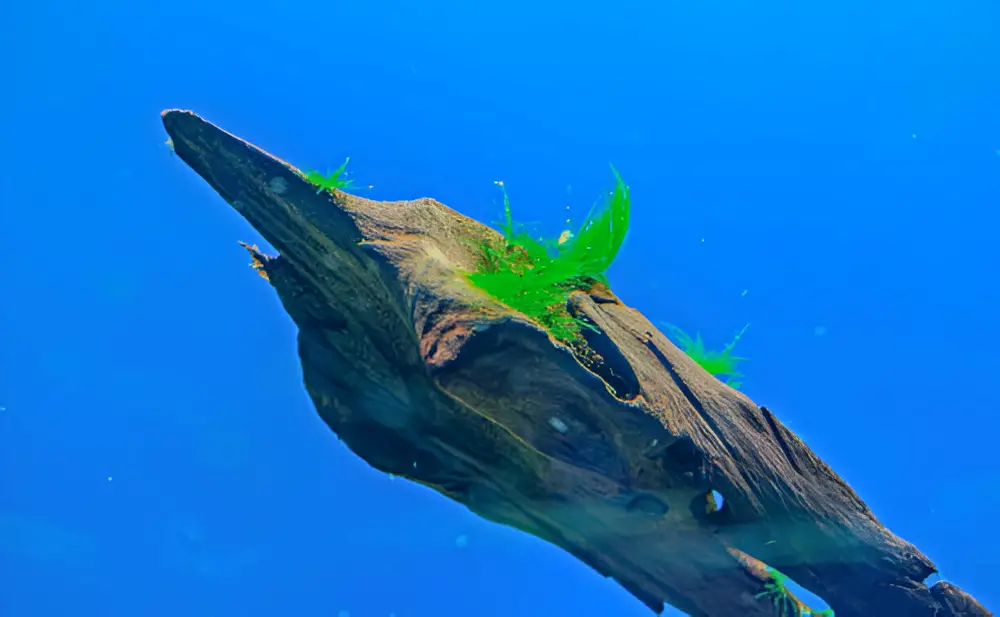
1. Cycling the aquarium
In a fishless cycle, you add an ammonia source, such as pure ammonia or fish food, to the tank. This ammonia feeds the beneficial bacteria without harming any fish, allowing the bacteria to grow and establish themselves.
You’ll need to test the water parameters regularly to monitor the levels of ammonia, nitrite, and nitrate, ensuring the cycle is progressing correctly.
Alternatively, in a fish-in cycle, you introduce a few hardy fish into the tank and closely monitor water parameters. During this process, it’s crucial to perform partial water changes to keep ammonia and nitrite levels safe for the fish while the bacteria establish themselves.
2. Using established filter media
One of the quickest ways to introduce beneficial bacteria to a new aquarium is by using filter media from an established tank.
This method involves transferring filter media, such as sponges, bio balls, or ceramic rings, from a healthy aquarium to your new setup. These materials are already colonized by beneficial bacteria, providing an instant boost to the bacterial population in your new tank.
Similarly, you can also move a portion of the substrate from an established aquarium. By spreading this substrate in the new tank, you help distribute the bacteria throughout the new environment, jump-starting the biological filtration process.
3. Adding commercial bacterial supplements
Commercial bacterial supplements contain live nitrifying bacteria. They’re specifically designed to help cycle your tank. By following the manufacturer’s instructions, you can add these supplements directly to your aquarium. This method is particularly useful for beginners or those who want to ensure their tank cycles quickly and efficiently.
4. Introducing plants
Adding live plants to your aquarium can greatly benefit the bacterial population. Live plants provide surfaces for beneficial bacteria to colonize, enhancing the overall biological filtration. Additionally, plants absorb ammonia and nitrates, which helps create a more balanced and stable environment. This dual benefit makes live plants an excellent addition to any aquarium setup, promoting a healthier ecosystem for your fish.
5. Following proper aquarium maintenance
Maintaining your aquarium properly is crucial for the health of beneficial bacteria. When cleaning your tank, it’s important to avoid over-cleaning the filter media and substrate. Instead, rinse them gently using tank water to preserve the bacterial colonies.
Avoid replacing all filter media at once — replace parts gradually to maintain a stable bacterial population. Regular water changes, typically 10-20% weekly, help maintain water quality without disrupting the beneficial bacteria significantly.
6. Using bio media
Using bio media with high surface areas, such as bio balls, ceramic rings, or even pot scrubbers, in your filter provides ample space for beneficial bacteria to colonize. These materials are designed to offer a large surface area for bacteria to grow, enhancing the biological filtration capacity of your aquarium.
7. Providing adequate aeration
Beneficial bacteria require oxygen to thrive, making proper aeration and water circulation essential. Ensuring good water movement with air stones, powerheads, or adequate filter flow helps maintain high oxygen levels in your aquarium. This oxygenation supports the growth and health of beneficial bacteria, contributing to the overall stability of your tank’s ecosystem.
8. Controlling chemical use
It’s essential to avoid using chemicals that can harm beneficial bacteria in your aquarium. Antibiotics and certain other chemicals can kill these helpful microorganisms, disrupting the biological balance. Always use dechlorinated water during water changes to protect the bacteria.
9. Monitoring and adjusting pH levels
Maintaining a stable and suitable pH level is crucial for the growth of beneficial bacteria. Most beneficial bacteria thrive in a pH range of 6.5 to 8.0, depending on the specific species in your tank. Regularly test your aquarium’s pH levels and make adjustments as needed to ensure an optimal environment for bacterial growth. A stable pH helps support a healthy and active bacterial population, essential for effective biological filtration.
10. Feeding the bacteria
During the cycling process, it’s important to ensure that there is a continuous source of ammonia to feed the beneficial bacteria. This can come from fish waste, decaying plant matter, or by adding pure ammonia to the tank. Providing a steady supply of ammonia allows the bacteria to grow and establish themselves, which is crucial for the nitrogen cycle to function properly.
FAQs
Got any other burning questions? Perhaps you can find your answer here.
What kills beneficial bacteria in an aquarium?
Beneficial bacteria can be killed. The main things that can kill them are chlorinated water, antibiotics, and certain chemicals like algaecides. Over-cleaning the filter or replacing all the filter media at once can also harm these bacteria.
How long does it take for beneficial bacteria to grow in an aquarium?
It typically takes 4-6 weeks for a colony of beneficial bacteria to establish in a new aquarium. This process can be faster with the use of bacterial supplements or seeding from an established tank.
Can you have too much beneficial bacteria in an aquarium?
Generally, you cannot have too much beneficial bacteria. They will only grow to match the amount of waste produced in the tank. They self-regulate based on the available food sources.
What happens if there is no beneficial bacteria in an aquarium?
Without beneficial bacteria, ammonia and nitrite levels can rise to toxic levels. High levels of ammonia and nitrite can harm or kill fish and other aquatic life. Beneficial bacteria are essential for breaking down these harmful substances.
Where do beneficial bacteria come from in aquariums?
Beneficial bacteria naturally come from the environment. They typically enter the aquarium through water, air, plants, substrate, and decorations. They establish themselves on surfaces within the tank, especially in the filter media and substrate.
Ready to Master Aquarium Care? Contact KaveMan Aquatics and Try Aquabuildr!
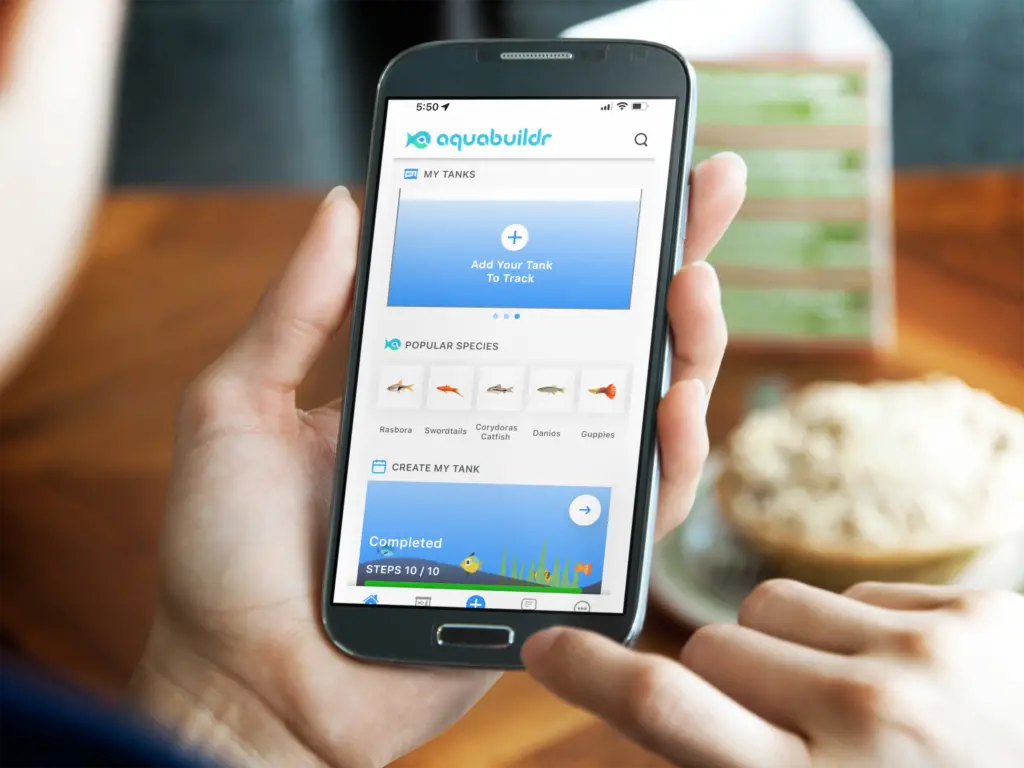
Understanding beneficial bacteria in aquariums is just the beginning of creating a thriving aquatic environment. For personalized guidance, contact KaveMan Aquatics for 1-on-1 coaching. Whether you’re a beginner or an experienced aquarist, their expert advice will help you maintain a healthy, balanced aquarium.
Don’t forget to explore our free Aquabuildr app! With its intelligent algorithm, Aquabuildr suggests compatible fish based on pH, temperature, tank size, and more. Create custom tanks easily or choose from a variety of starter tanks, ensuring optimal conditions for your fish.
-
What Are Beneficial Bacteria in Aquariums?
Discover the role of beneficial bacteria in aquariums and how they keep your tank clean and your fish healthy. Learn simple tips to grow them today!

